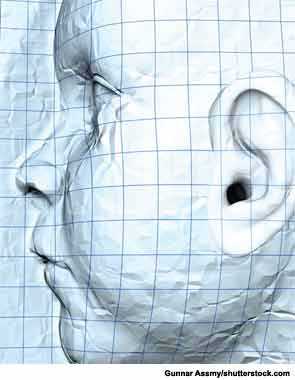
Kaiba Gionfriddo, after several episodes of airway obstruction, was diagnosed with tracheobronchomalacia, with a compressed left mainstem bronchus and transposed pulmonary arteries. Kaiba had undergone tracheostomy and been placed on a ventilator. But, said Glenn Green, MD, associate professor of otolaryngology at the University of Michigan Medical School, Ann Arbor, the episodes continued.
Explore This Issue
July 2013So Dr. Green and his colleagues printed out an airway stent for him.
They used a technology popularly known as “3D printing,” but the more formal and perhaps more descriptive term is “additive manufacturing,” because the process creates products through the accumulation of many thin layers of material. Additive manufacturing devices have been around for decades, but, until recently, their size, complexity and questionable reliability made them impractical for routine use.
Within the past few years, however, they have become faster, more consistent, easier to use and affordable: Some desktop models are available for as little as $300. Current 3D printers can quickly produce items of Byzantine intricacy that might be impossible to create in any other way, ranging from tiny nuts and bolts to large architectural structures. They can make household items such as lamps or pens, clothing such as shoes and, in one notorious example, a gun.
“The printer obtains the information in basically the same way as when you send a Word document to your printer, and it takes those data and prints them out,” said Jason A. Spector, MD, associate professor of surgery at New York-Presbyterian/Weill Cornell Medical Center in New York City. For a 3D printer, the data in question come as three-dimensional geometric renderings of the desired item, which are developed through computer-aided design. Using those renderings as a template, the printer then builds the item layer by micron-thin layer, using the material of which the item is made as the “ink.” These printers lend themselves to medical applications because they can rapidly and efficiently custom tailor devices for specific patients from MRI or CT images, and they can create porous, honeycombed structures for implants such as knee joints. Various laboratories have even “printed” prototypes of lungs, teeth and kidneys, as well as ears—and airway stents.

Opening an Airway
Dr. Green and his colleague Scott Hollister, PhD, professor of biomedical engineering, had already been exploring ways to make implants using the resorbable polymer polycaprolactone. For Kaiba, they obtained emergency clearance from the Food and Drug Administration to use the material to make a tracheal stent.
Leave a Reply